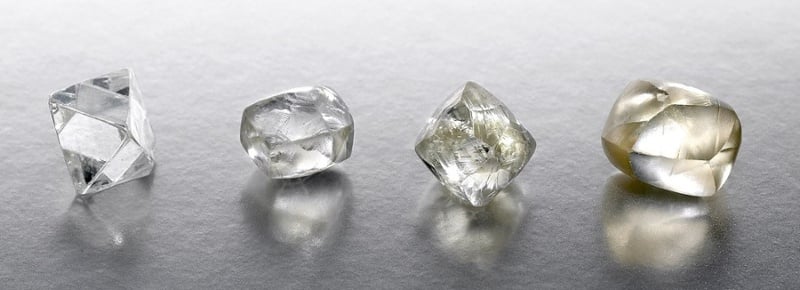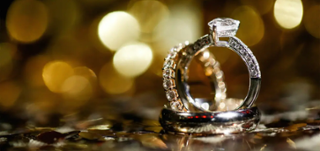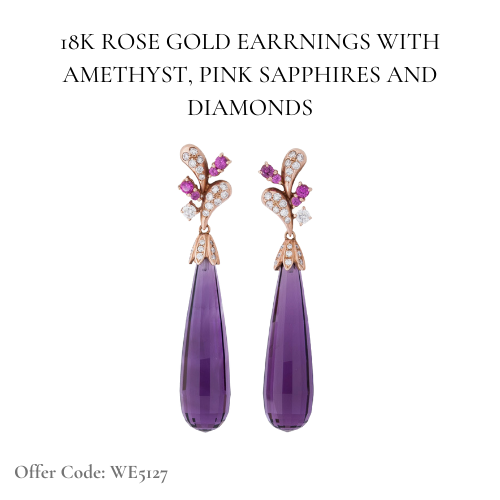Why are diamonds colour graded?
Colour in gemstones, particularly in diamonds is a subject of great discussion amongst gem professionals. It is common for people outside of the diamond trade to misunderstand the relationship between diamonds and colour. Diamonds are usually perceived to be white or colourless. Truly colourless diamonds are the purest crystalline form of carbon, devoid of even the minutest impurities in its structure. The rarity of these diamonds makes them even more valuable than the average diamond found in Nature and are therefore unique treasures. In general, most diamonds used in jewellery contain trace impurities of other elements and are either borderline colourless or nearly colourless, hence exhibiting a hint of a yellow or brown tint.
A diamond’s colour is a very important indicator of its value and beauty. A pure white diamond equates rarity - and, as we know, rarity is also an indicator of value. The beauty of a diamond is a quick measure of its fire or brilliance, which in turn is determined by how white or colourless it is.
Evaluating the subtleties of a diamond’s colour takes years to master and is usually performed by a trained gemmologist or an experienced jewellery professional relying on a standardised grading system. The consumer's role is to be cognisant of, and understand the nomenclature of diamond colour in order to appreciate the underlying value of a diamond. Read on.......
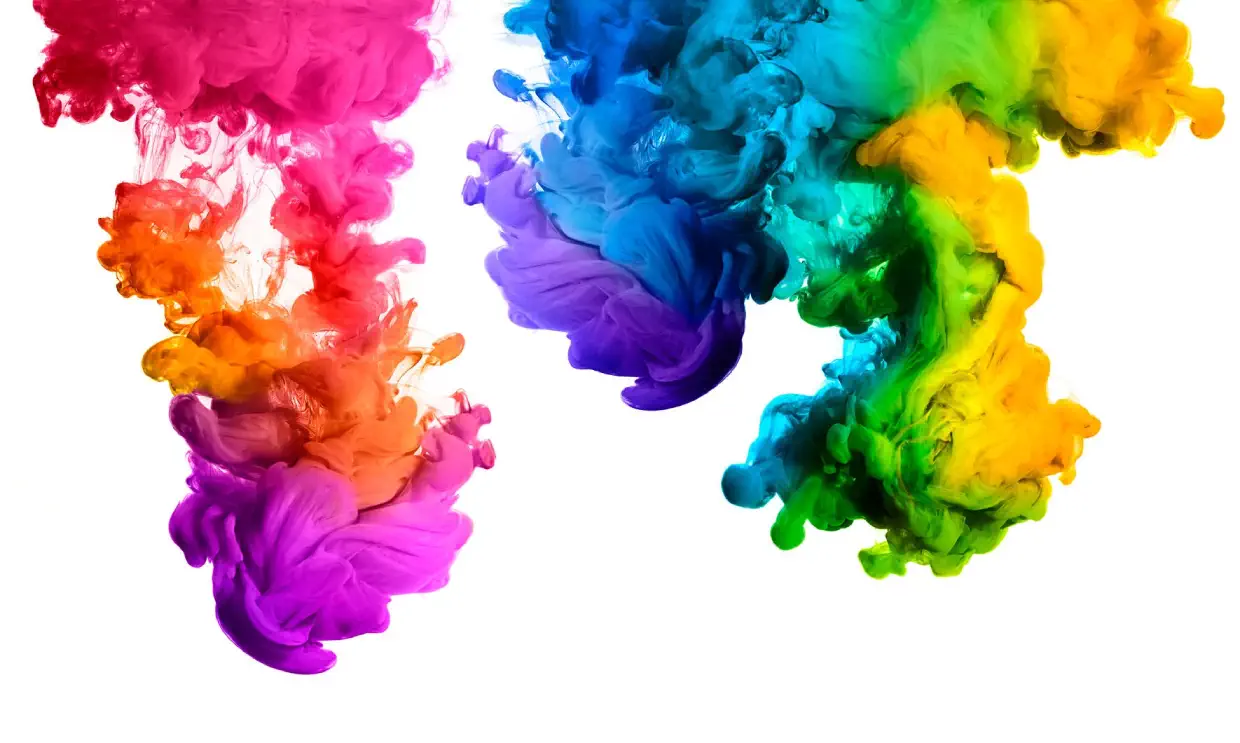

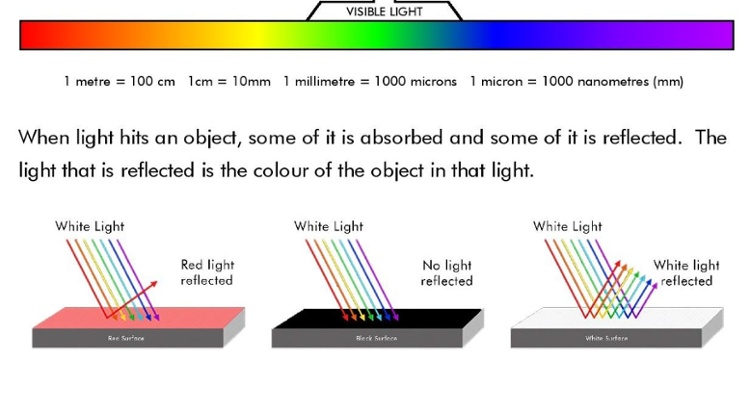
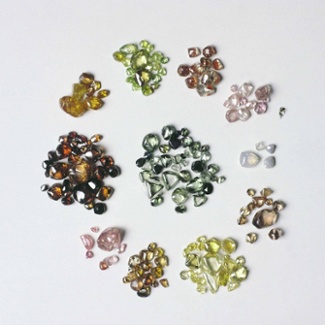

-1.jpeg)
